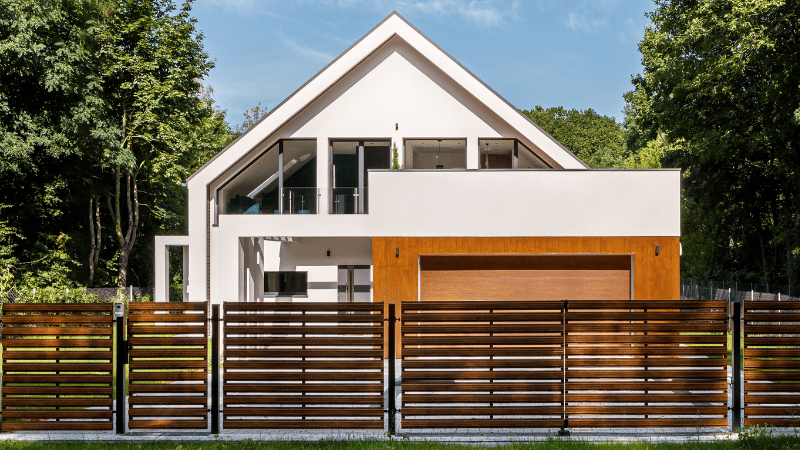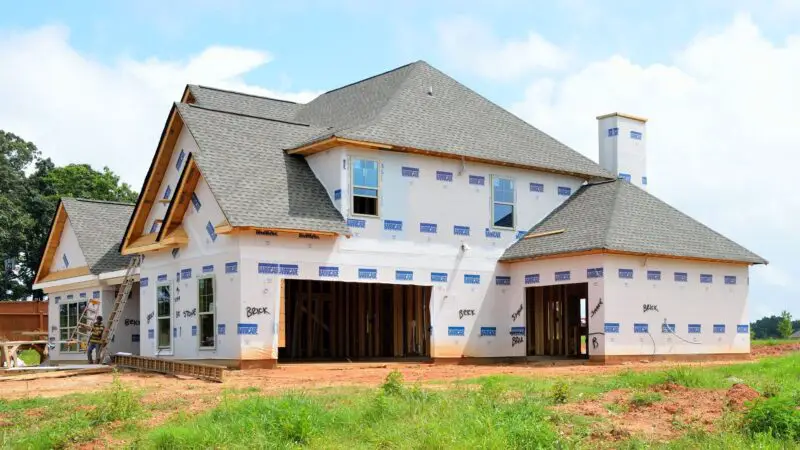Everyone knows fences make good neighbors, but in Texas, they make even better property lines. In much of the rest of the country, it’s perfectly acceptable for two neighbors to share a fence that is jointly owned and maintained. In Texas, however, that might as well be considered a public declaration of eternal enmity — unless both landowners also happen to own adjoining properties that are suitable for building another fence.
Fences in Texas are almost always constructed on separate properties with a clear dividing line between them. The reason goes back to an essential tenet of Texan culture: Everything is bigger here. More importantly, everything is farther apart.
What follows is an overview of why Texans build fences and how we do it differently than most everyone else when we do.
The Importance of Fences as Property Lines In Texas
As mentioned earlier, property lines are often the only real evidence that exists to indicate who owns what. But even more than that, they help to define what each parcel of land is. Fences function as the primary visual representation of the boundary between neighboring parcels of land.
Trees, shrubs, and other natural barriers are often too imprecise to sufficiently define the property line. A fence or wall, on the other hand, has a clearly visible terminus that provides a physical landmark.
Without properly defined property lines, it becomes difficult to determine which parcels of land are subject to which tax rate, the location of underground utilities, and – in the case of tenants – which parcels are subject to lease.
Are There Laws About Fences in Texas?
There are state statutes governing the height, materials, and construction of fences on boundary lines. These statutes are designed to protect the shared interests of adjacent landowners and avoid unnecessary conflict.
For example, the statute governing minimum fence height between adjacent landowners requires a minimum of six feet. This is intended to ensure that the fence is high enough to prevent people from simply stepping over it and entering the neighbor’s property.
These laws also require that fences be constructed of materials that are sturdy enough to avoid being easily damaged or breached. Narrow wooden fences, while attractive, are often built of materials that are too flimsy to be legally used as a boundary fence.
The laws in Texas for fences are as follows:
- A fence must be at least 4 feet tall.
- A fence cannot be made of barbed wire unless it is at least 5 feet tall and has warning signs posted every 50 feet.
- A fence cannot be electrified unless it is at least 5 feet tall and has warning signs posted every 50 feet.
- A fence cannot be located on another person’s property without their permission.
- A fence cannot be located within the right-of-way of a public road or highway.
- A fence cannot be located within the boundaries of a city or town without the permission of the city or town’s governing body.
What Fences Are Popular for Texas Homes
You can’t just put up a fence around your yard without considering the materials. Some communities only allow certain types of fences, while other materials just won’t work in your area.
Wooden fences are the most common type of fence found on Texas properties. This has less to do with any particular affinity for wood and more to do with the fact that most other types of fences are prohibitively expensive for most homeowners.
Wooden fences are relatively inexpensive to install and maintain and can be built to last a lifetime – even in areas where rot is a concern. Steel fences are also an option but are significantly more expensive.
Why Are Wooden Fences Used in Texas?
The most popular material for fences in Texas is wood, as we mentioned. But why are these the go-to fences for Texans?
Wooden fences can be built in a variety of styles, but the most common of these is post-and-rail construction. Essentially, wooden posts are set in the ground on both sides of the boundary, and parallel rails are fastened to the posts at intervals.
Wooden fences are typically built using either cedar or pine posts, rails, and boards. Cedar is naturally resistant to insects, and it can be treated with pesticides to keep it protected from rot. Both of these materials are also easy to work with, and they are available in a variety of styles, shapes, and sizes to suit any fencing project.
Cedar and pine fences are often stained or painted, which helps to protect the wood from the elements. Most fences are built using pressure-treated lumber, which is a good option for preventing rot. You can also invest in non-pressure treated wood to protect it from the elements, but this will require regular maintenance to keep it protected from rot.
How Long Do Fences Last in Texas?
There are parts of Texas that are really dry, while others experience heavy rainfall during certain times of year- moisture is a major factor that can impact a fence’s longevity. Here are a few other elements that might shorten a fence’s lifespan:
- Insects
- Soil components
- Landscape
- Temperature
- Sunlight
It depends on the type of fence, but wooden fences can last for decades with proper maintenance. Assuming no damage from rot or insects, a well-constructed wooden fence should last for generations.
Some homeowners in areas where snowfall is common to have reported shortening the lifespan of wooden fences by impulsively piling the snow directly against the fence. While this may be convenient, it damages the rails and posts.
Conclusion
Fences are an integral part of life in Texas and have been for decades. While the technologies we use for building them have changed, the purpose of a fence remains largely the same: to mark and protect property boundaries. When it comes to building fences in Texas, the first priority should always be determining the property line.
While this may seem overly simplistic, it can be easy to forget or overlook in the rush of building a new fence. Once the property line has been accurately determined, you can be sure that your fence is built where it needs to be – and nowhere else.





